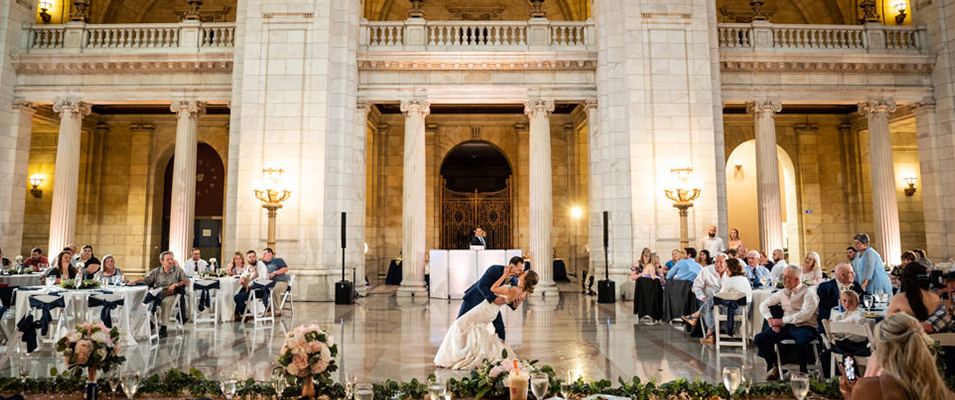There is certainly no shortage of amazing things you can plan for a reception. However, there are only so many ways to weave them together to ensure the evening feels both streamlined and organic.
Generally speaking, the best wedding receptions strike a balance: they have enough structure to give guests a predictable experience, while still leaving room for spontaneous moments to unfold. Making sure each formality flows seamlessly into the next keeps the night moving and builds momentum toward a packed dance floor.
Having photographed hundreds of weddings, I’ve noticed that the most successful evenings almost always follow a similar structure and order of events.

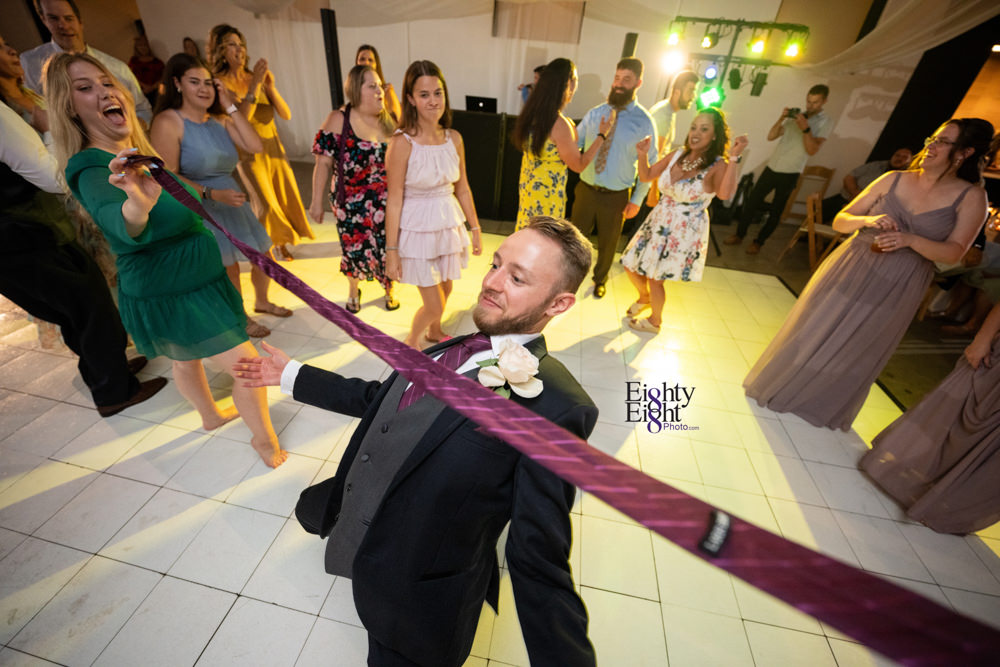

Let’s Cut To The Chase
Entrance, Cake, Toasts, Blessing, Dinner, Parent Formal Dances, First Dance, Group Photo, Party!
As a disclaimer, these are just the main formalities we commonly see at receptions. Variations of this structure may include photo dashes, anniversary dances, garter toss, bouquet toss, shoe game, and other “auxiliary” events. We’re always happy to help and would love to discuss our perspective on the best order for the events you’d like to include.
Now, let’s talk about why this is the best way to structure your reception:
Dessert First
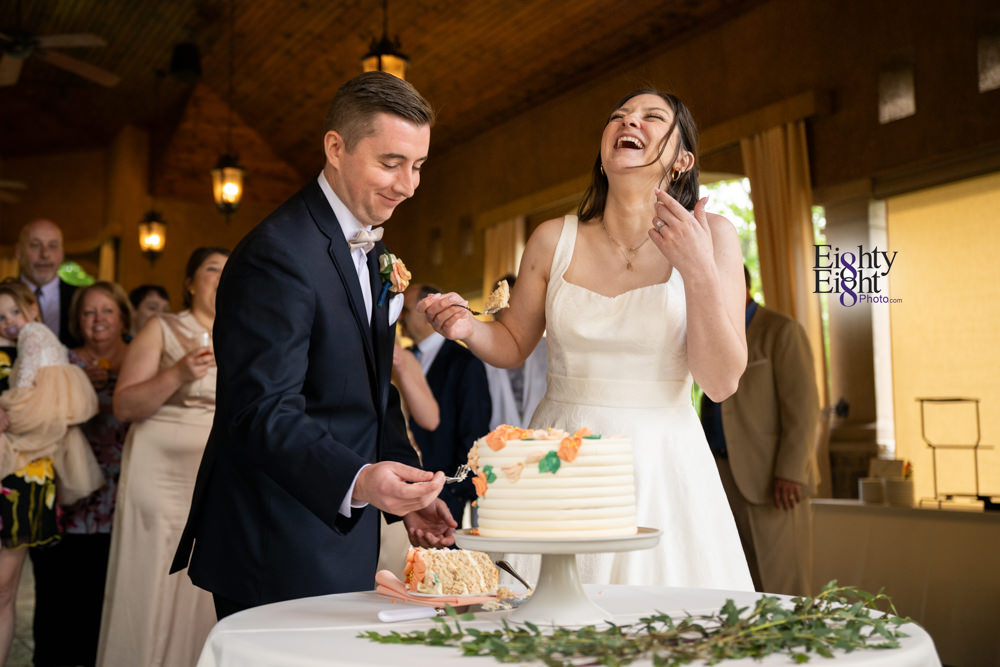
Cake cutting is one of those traditions that often gets overlooked as the evening unfolds. After making your grand entrance, you already have everyone’s attention—so if your venue places the cake in the center of the dance floor, it’s the perfect opportunity to cut it while the energy is still high.
Equally important, this timing gives your catering staff the opportunity to slice and serve it right after dinner. As an added bonus, your guests won’t be left tiptoeing around the dessert table, wondering if they can sneak a cookie yet. Once the cake is cut, it signals to everyone that dessert is open and ready to enjoy.
Give Your Guests What They Really Want
Let’s be real—when you make your entrance, most guests are really just thinking, “When do I get my food?” For that reason, I suggest keeping the formalities leading up to dinner minimal: just the toasts and the blessing.
Toasts given during dinner often get interrupted by guests talking among themselves or moving around. By keeping things simple beforehand, you ensure that once everyone has full bellies, a drink in hand, and is warmed up to the party atmosphere, the rest of the evening is perfectly set up for success.

Recapturing Attention
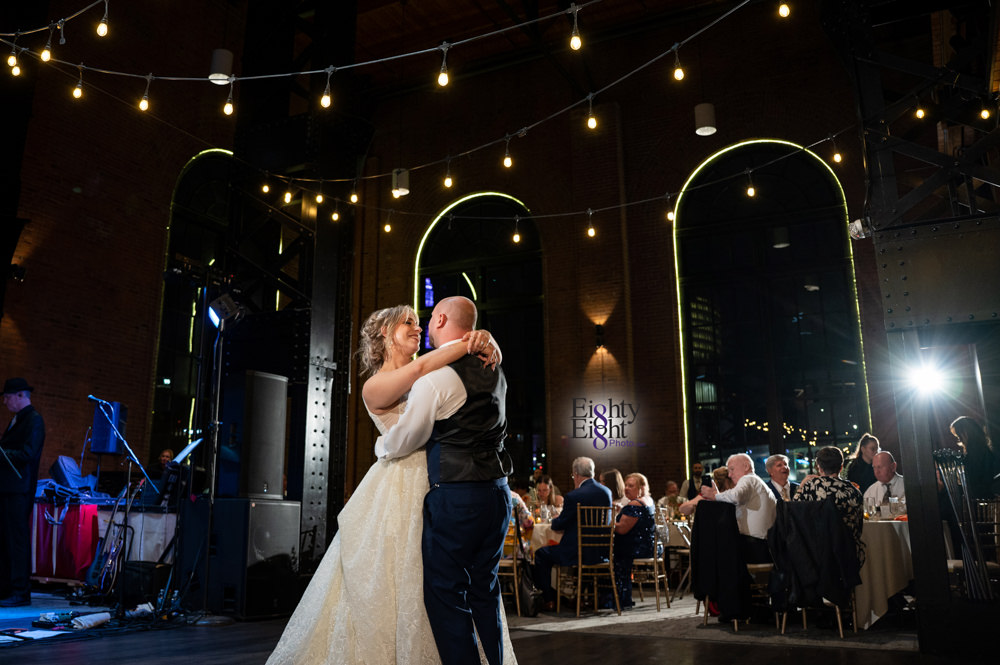
After dinner wraps up, the next step is finding a way to grab everyone’s attention and officially kick off the night. The easiest way is to invite the beautiful bride to the center of the room for a dance—it’s time for the formal dances.
The exact order doesn’t matter too much, but I love the unorthodox idea of saving your first dance for last.
By starting with the parent dances, the final formality of the evening becomes your moment together on the dance floor. From there, your DJ can seamlessly invite guests to join the newlyweds, filling the dance floor and keeping the celebration going strong.
Big Group Photo
With the formalities wrapped up, it’s time to get the dance floor packed and full of energy.
Have your DJ invite everyone out for a big group photo—then seamlessly roll that into a crowd-favorite song to kick off the party. It’s always easier for guests to stay on a full dance floor than to be the first few trickling onto it.

Let’s Go!
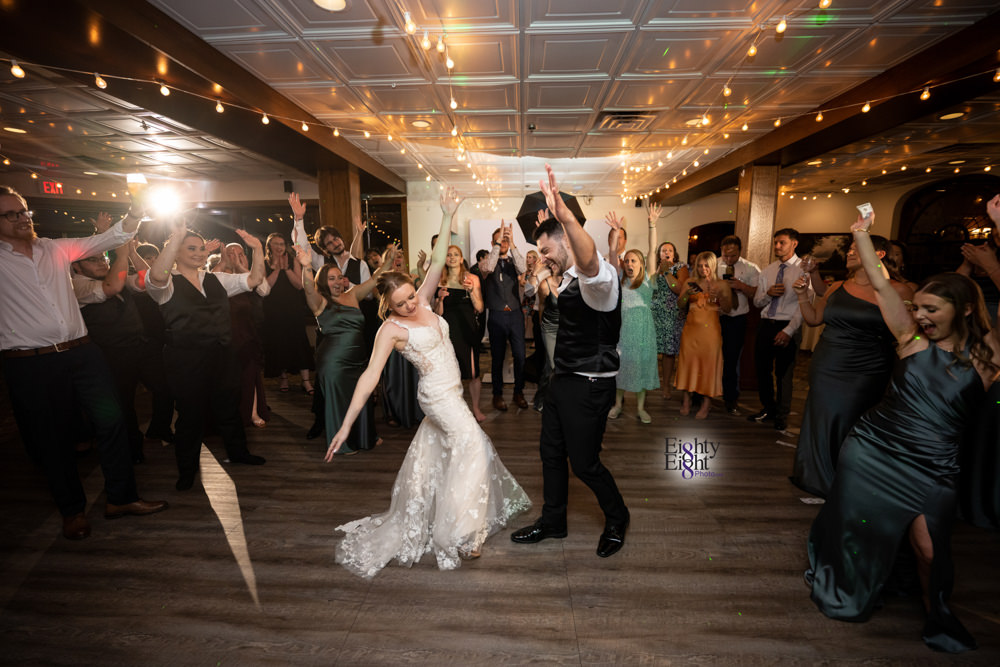
You’ve spent hours in makeup, said “I do,” taken all the photos, and checked off the formalities. Now—it’s time to celebrate!
Dance, eat cake, do cartwheels—whatever feels right. There are no more timelines or details to prep for. All that’s ahead is a room full of the people you love, great music, and the potential of stories that will be retold for years to come.
Bonus tip: The biggest mistake we see couples make is planning everything down to five-minute increments. With the exception of scheduling when dinner is served, it’s better to focus on the order of events rather than the exact timing. Trust your vendors—they’ll make sure the night keeps moving forward.


